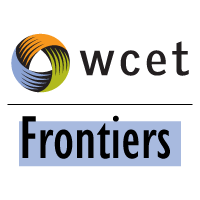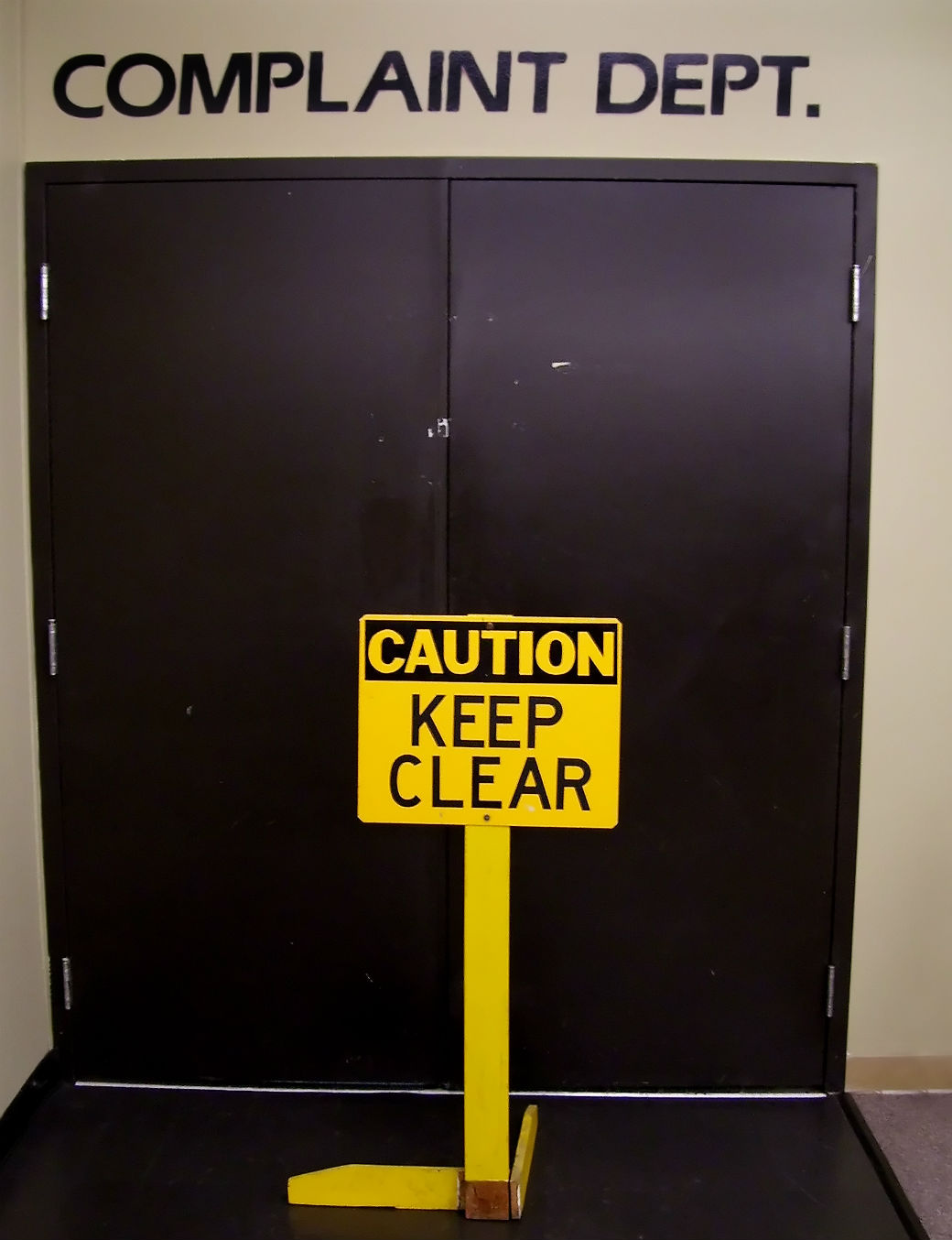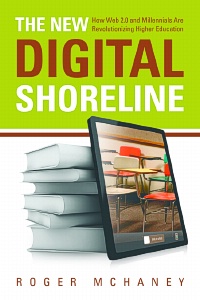WCET’s 23rd Annual Conference is just around the corner. The office is a buzz with the coordination of speakers, logistics, and details for the conference. I like many of you, am wondering if we lost a month of summer, because it can’t possibly be September already (those yellow leaves MUST be a tree blight, right?), and certainly can’t be six weeks away from the conference. Just typing out s-i-x makes sweat bead on my forehead. Despite the familiar anxiety of the approaching conference, we are tremendously excited about the conference and WCET member meeting. Read on for a sampling of what’s in store for #wcet11 and view the complete schedule here. The early-bird deadline is September 16, so register soon!
Wednesday Preconference Activities
The day before the conference officially kicks-off we have several activities which allow for deeper and bigger thinking on topics affecting you and your institution. The WCET Common Interest Groups have put together several collaborative group discussions open to all around the following topics:
- Student Retention
- Evaluation and Ownership of LMS/CMSs

Beautiful City Park and the Denver Skyline, Photo Credit: Ron Ruhoff and VISIT DENVER - Academic Integrity and Student Authentication
Also on Wednesday is the inaugural Forging the Future Preconference workshop intensive. Thanks to Governor Perry the topic, the $10,000 Baccalaureate Degree, is hotter than we imagined when we selected it back in the spring. This will be a lively discussion about recasting our thinking about traditional higher education and increasing access, politics aside. Our fearless leaders, Myk Garn, Hae Okimoto, and Rob Robinson, are also hosting a webcast on September 15 on the topic.
Mobile Program Application
This is the second year of our mobile conference application and this year you will find a more robust app. Can’t say much more since it’s still in the development phase, but you will be able to create your own schedule, access session materials that the speakers provide, view Denver information, and tweet directly from the app. We’ve also created a tablet version. You’ll be able to find it in the app store in the beginning of October (at the latest), search WCET11.
Unique WCET Session Formats
Where else can you attend a Buzz Breakfast and Pecha Kucha Smackdown? At WCET we craft a dynamic program which includes unique session formats to engage the attendees and further the conversations.
- Buzz Breakfasts- are roundtable discussions on timely and relevant topics facilitated by a host. Find a topic that resonates with you or start your own. Leave with new ideas and strategies to bring back to your institution.
- Pecha Kucha Smackdown– After botching the name as the MC last year, I’ve resorted to calling these rapid-fire presentations “PK”. Each of the five presenters has 20 slides, each shown for 20 seconds, for a total of just six minutes and 40 seconds. PK was a huge hit in La Jolla last year, and from what I know of the presenters this year, you will not want to miss this Friday afternoon event.
- Poster Sessions- These are interactive presentations where the presenter has a poster/laptop display of an innovative project or topic. These are very popular, and not just because they are in conjunction with the Thursday morning coffee break and afternoon dessert break.
The PK slots are full, but if you are interested in hosting a buzz breakfast on Saturday or doing a Thursday poster session contact us: wcetconference@wiche.edu.
Start Fresh/Leave Inspired
Thursday morning the conference starts with Adrian Sannier, vice president of product at Pearson eCollege and Mark Sarver, CEO of EduKan talking about What’s Ahead for Higher Ed? These guys aren’t your typical keynoters and this won’t be your typical general session. Come prepared to participate in the conversation and set the wheels of transformation in motion at your institution. Read more in their recent WCET blog.
Don’t book your travel to leave before the closing session on Saturday, Visions of Educational Technology Trends. As I write, I am finalizing the details on this engaging, entertaining, and savvy group of panelists who will share their perspectives on what’s to come in the world of ed tech. What’s on the horizon that will shape the way we deliver education? These panelists have some thoughts, and we’d love to hear yours.
Oh, and don’t forget about the drawing for a very generous Marriott gift certificate that takes place during the closing, you must be present to win.
Networking without the hard-work
Consistently we hear how valuable the WCET Conference is for networking. We are such a friendly and relatively small group, ~400; it’s easy to make lasting connections. WCET has numerous activities and venues for bringing together our community. Just a few of the highlights:
- Wednesday group dinners.
- Historical pub tours with Tom Noel, aka, Dr. Colorado, author of numerous books and articles.
- Opening reception.
- First-timers breakfast.
- Denver Art Museum Tour.
- Take advantage of other Denver activities.
Concurrent Sessions
I’ve blogged on long enough (I told you there is A LOT to be excited about), but I would be remiss in not mentioning the over 140 speakers and nearly 40 concurrent sessions. Topics range from the ever-popular State Authorization to a conversation with the accreditors to the Labor Department’s TACT Grant which will fund Trade Adjustment Assistance Community College and Career Training (TACT) grant program.
The WCET Program Committee did an outstanding job helping craft the program and coordinate the sessions. They are a hard-working group that was instrumental in the high-quality programming. Visit the conference schedule and see what else you can’t afford to miss! Using the advanced search feature will help you find sessions by key word, speaker, format, and topic area.
Now, I better get back to conference organizing, see you in six (yikes) weeks! Don’t forget to register by the early-bird deadline of September 16!
Megan Raymond
Manager, Events & Programs, WCET
mraymond@wiche.edu
WCET Annual Conference: http://wcetconference.wiche.edu/
Conference registration: http://www.regonline.com/Register/Checkin.aspx?EventID=931937
Twitter: @wcet_info Conference Hashtag: #wcet11
















